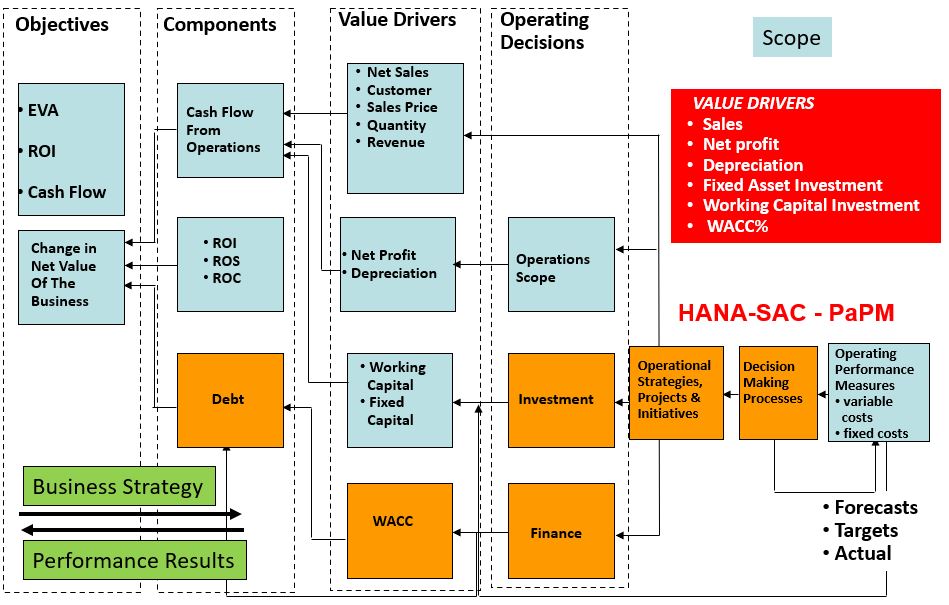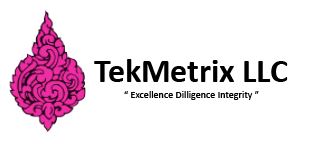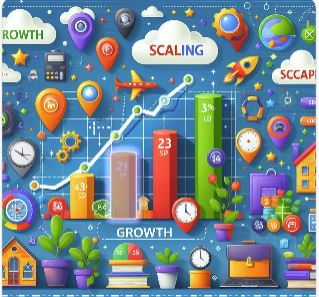A critical strategic activity is to determine readiness to scale the business ecosystem. Growth and scaling are not the same. Growth is defined as adding resources at the same rate as adding revenue. This occurs in services organizations such as consulting firms. Scaling is about adding revenue at an exponential rate while adding resources at an incremental rate. To scale a business ecosystem corporates must invest by taking, for example, the current quarter margin and investing it into the next quarter capturing even more revenue. For many companies growth is not a strategy. And with the proper skills and technologies it is easier than ever to scale a business ecosystem. The internet offers a myriad of ways to adversise and capital flow into marketing has been historically large. Growth as a strategy is easy to copy but more than likely a business that has a growth strategy will probably fail.
Most all organizations have a common goal: and that goal is creating value. How an organization explains and demonstrates value add to their customers, investors and or stakeholders is a key challenge. To scale a business ecosystem the company must be efficient. Successful organizations are able to develop and link measurable organizational and business metrics that are then coupled to a financial metric, creating a goal with a measurable outcome and, finally, creating and measuring the leading metrics that indicate that the organization is ready to scale the business ecosystem. TekMetrix uses the TekMetrix Value Driver Tree (VTD) data model deloyed in SAP SAC for this purpose of measuring and maintaining efficiency.
This model can be developed for each product SKU, with aggregations acrosss SAP master data and analyzed at the detailed product SKU. We use TekMetrix experience, knowledge base, AnalyticA tools and SAP SD MM FI CO COPA, BOM, Material Master, HANA SAC data models. We deploy these models using S4 BW4HANA, SAC and PaPM and Fiori. We deliver machine learning use cases on these models using regression and linear optimization algorithms creating a SKU level S&OP, AOP resulting in a newly purposed FP&A process for the enterprise.

Analyzing efficiency metrics like these above, costs per product or user, cost of revenue, revenue, loss per product or user assists in the scalability of the business ecosystem. These metrics assist the client in determining readiness to scale by making visible demand or supply side-side economics represented in their business model and ecosystem.
Supply-side economies of scale:
- Cost-based economies of scale
- Resouce pooling in supply chain and servcies
Demand-side economies of scale:
- Network effects
- Performance benefits achieved from scale
TekMetrix IT strategy components of a business ecosystem:
- Supply side economies of scale
- Demand side economies of scale
- Switching costs
- Learning curves
- Metrics
- Creating an organizational flywheel
Technology adoption and services adaptations are strategic aspects to assist in the decision and timing of scaling activities. We assist clients in codifying a process to hire, train and allow others to execute providing an appropriate division of labor by balancing people and process.
To assist an organization to scale their business we ask the following questions using the TekMetrix Synergy Framework:
- Scalable: Is the strategy, market, demand side - supply side economic business model favorable to scale?
- Constraints: What resoruces are needed, what do we have?
- Alignment: Do we have product and process market fit?
- Leadership: Do we have the right organization, leadership and employees?
- Efficiency: Do we have the know how to make money efficiently which requires a business model which is repeatable and scable?
With TekMetrix tools and leadership it is much easier to scale a business today than in the 1990s.Tools, know how, cloud compute are readily available, i.e the cost of compute, storage and cloud services have dramatically reduced.


